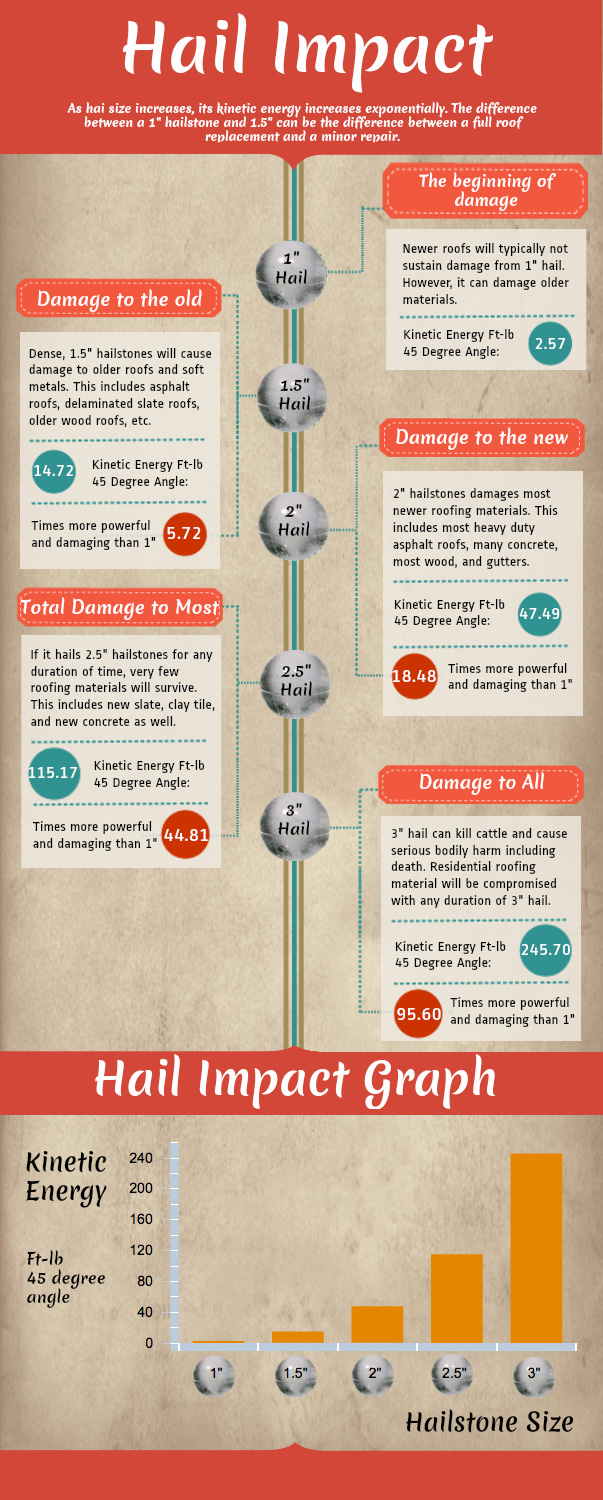Recognizing Undetected Roofing System Troubles Before They Degrade
Recognizing Undetected Roofing System Troubles Before They Degrade
Blog Article
Web Content Writer-Vester Donaldson
You might not recognize it, yet your roof is calmly working against the components daily, and surprise issues can result in significant problems if you do not catch them early. By conducting normal evaluations and understanding what signs to seek, you can secure your home from costly fixings. Keep an eye out for missing tiles and those refined dark places on your ceiling that can indicate leaks. But that's simply the start; understanding when to act and when to call a professional can make all the distinction. What should you be trying to find?
Common Signs of Roofing System Damages
When you check your roofing system, look closely for common indicators of damage that can bring about larger issues later on.
Beginning by checking for missing out on or cracked shingles; these can enable water to permeate in and cause leakages. Take notice of granule loss, which can indicate that shingles are maturing and losing their protective layer.
Next off, examine the blinking around chimneys and vents. If you detect rust or spaces, water can quickly enter your home.
Seek sagging locations on the roofing system, as this might signify architectural damages or the buildup of dampness.
Don't fail to remember to check for moss or algae development; while they may appear harmless, they can catch wetness and increase degeneration.
Check the rain gutters for debris and indicators of water overflow, as this can suggest an obstruction or inappropriate drainage.
Ultimately, watch on your ceilings and walls for water stains or peeling paint, as these could be ideas that your roofing is leaking.
Attending to these indicators without delay can aid you prevent more substantial repair services and expand the life expectancy of your roof.
Inspecting Your Roof Covering Routinely
Regular roofing system inspections are critical for maintaining the integrity of your home. By maintaining a close eye on your roof, you can catch problems early, saving on your own time and money over time. Aim to evaluate your roof covering at least two times a year-- once in the springtime and as soon as in the autumn. This timing helps you address any kind of damages triggered by winter season weather condition and prepare for the forthcoming periods.
When examining, start from the ground. Usage binoculars to check for missing out on shingles, split tiles, or any kind of signs of wear. Search for drooping areas or dark places, which might indicate leaks. Don't neglect to check the rain gutters, as clogged or damaged seamless gutters can bring about water build-up and roofing system damages.
If you're comfortable, go up to the roof to obtain a more detailed look. Take notice of flashing around smokeshafts and vents, as these locations are prone to leaks. Be cautious and guarantee you have a risk-free method to access your roofing.
Normal upkeep, like cleaning up debris and moss, will likewise aid extend your roof covering's life-span. Remaining positive about assessments can aid you identify concealed problems before they escalate.
When to Call a Specialist
Usually, property owners wait to call a specialist for roofing problems, thinking they can manage fixings themselves. Nevertheless, understanding when to seek help can conserve you time, money, and anxiety. If you observe considerable leakages, substantial water damage, or dark spots on your ceilings, do not wait. Suggested Internet site may show severe underlying problems that need experienced focus.
If your roof covering is older than twenty years, even minor concerns can intensify promptly. Fractured shingles, missing out on ceramic tiles, or sagging areas are red flags that warrant an expert inspection.
In addition, if you're uneasy climbing onto your roofing system or do not have the required devices and experience, it's best to leave it to the pros.
When storm damages happens, such as hail storm or high winds, it's important to obtain an analysis from a qualified service provider. They can determine covert issues that could jeopardize your home's integrity.
Ultimately, if you have actually attempted repair work however the trouble continues, do not wait to hire a professional. They'll bring the knowledge and skills required to guarantee your roof is secure.
Conclusion
By remaining cautious and inspecting your roofing system on a regular basis, you can find concealed problems before they escalate. Keep an eye out for usual signs of damages, like split roof shingles or dark spots on your ceilings. If you see anything worrying, don't hesitate to call a professional. Taking these proactive steps not only protects your home but additionally saves you from pricey repairs later. Bear in mind, a little upkeep now can go a long way in keeping your roofing in top form.
